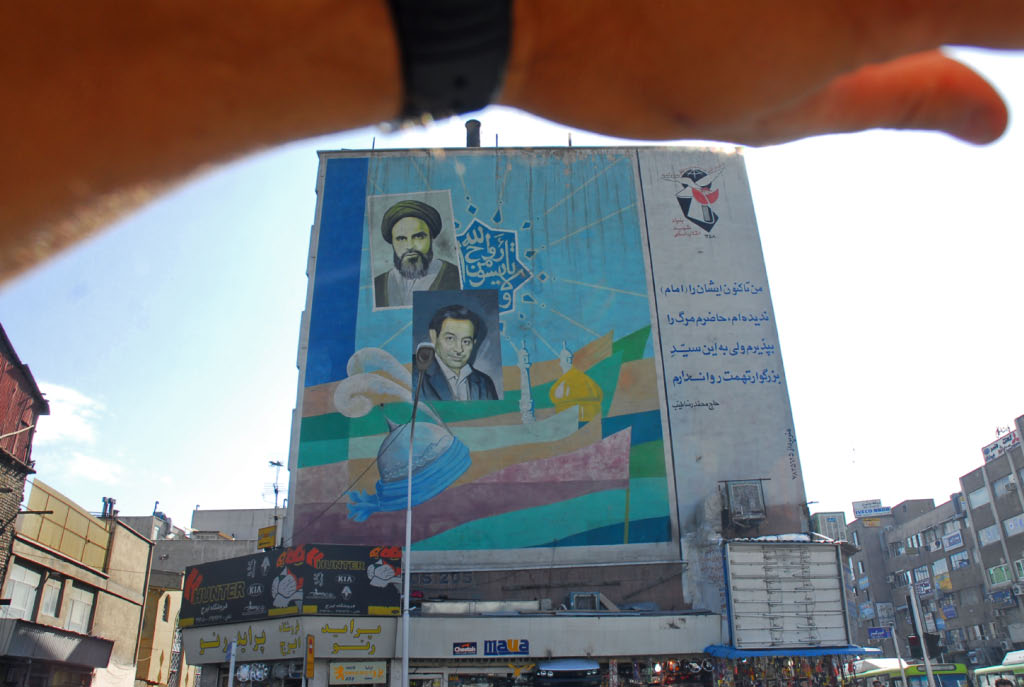Finding the right balance between working for and being rewarded by a large corporation and respectfully engaging / disengaging with people and communities is a challenging one – whether it’s because of the inherent power imbalance, practical time constraints of working at a corporate pace, privacy issues, informed data consent, acknowledging people’s intellectual property or because we need to understand behaviours that are on the edges of legality – be they ‘online piracy’, street hacks, or fakes. Doing the right thing by our study participants is something we take seriously and requires an even more nuanced understanding as things become increasingly connected. (If you work in this space and this isn’t a challenge then you’re either short changing your clients or you’re short changing the study participants).
Over the years I’ve documented and shared a lot of what we’ve learned on Future Perfect, through a steady stream of presentations and an ongoing dialog with various communities. This site is written on my own time and paid for by my own dime – but credit also goes to my employer for providing a relatively free reign in putting the research out there.
Earlier this week this article on network monitoring in Iran appeared in the Wall Street Journal, and given the current election related interest in that country it is no surprise the article has been widely disseminated. Nokia Siemens Networks (NSN) was mentioned in the article and their official response is posted here. It’s worth noting that NSN providse a forum for comments from a range of perspectives (with the practical constraint of them needing to be written in English).
The passion with which English speaking world is engaging with the #iranelection is encouraging – and puts many of the critical comments on the NSN blog into perspective. It’s obvious that tools like Twitter have enabled people to feel directly and personally connected to events on the ground in Iran, although it’s worth noting they are largely connecting with people posting in English.
Having followed some of the recent debate around technology use you might be interested in these 10 insights drawn from studies of mainstream users around the world:
David Mery added: “Another guide to how to communicate anonymously is here.”
“Re understanding the trade-offs in connecting to the system or network. In some countries it is now expected that you carry a switched on mobile phone. Not doing so becomes an element of guilt. I wrote about it here.
“An interesting discussion of the unauthorised use of the LEA access feature of a phone network is the Athens affair here.”
Patrick Meier wrote: “Here is a comprehensive post on ‘How to Communicate Securely in Repressive Environments‘”
